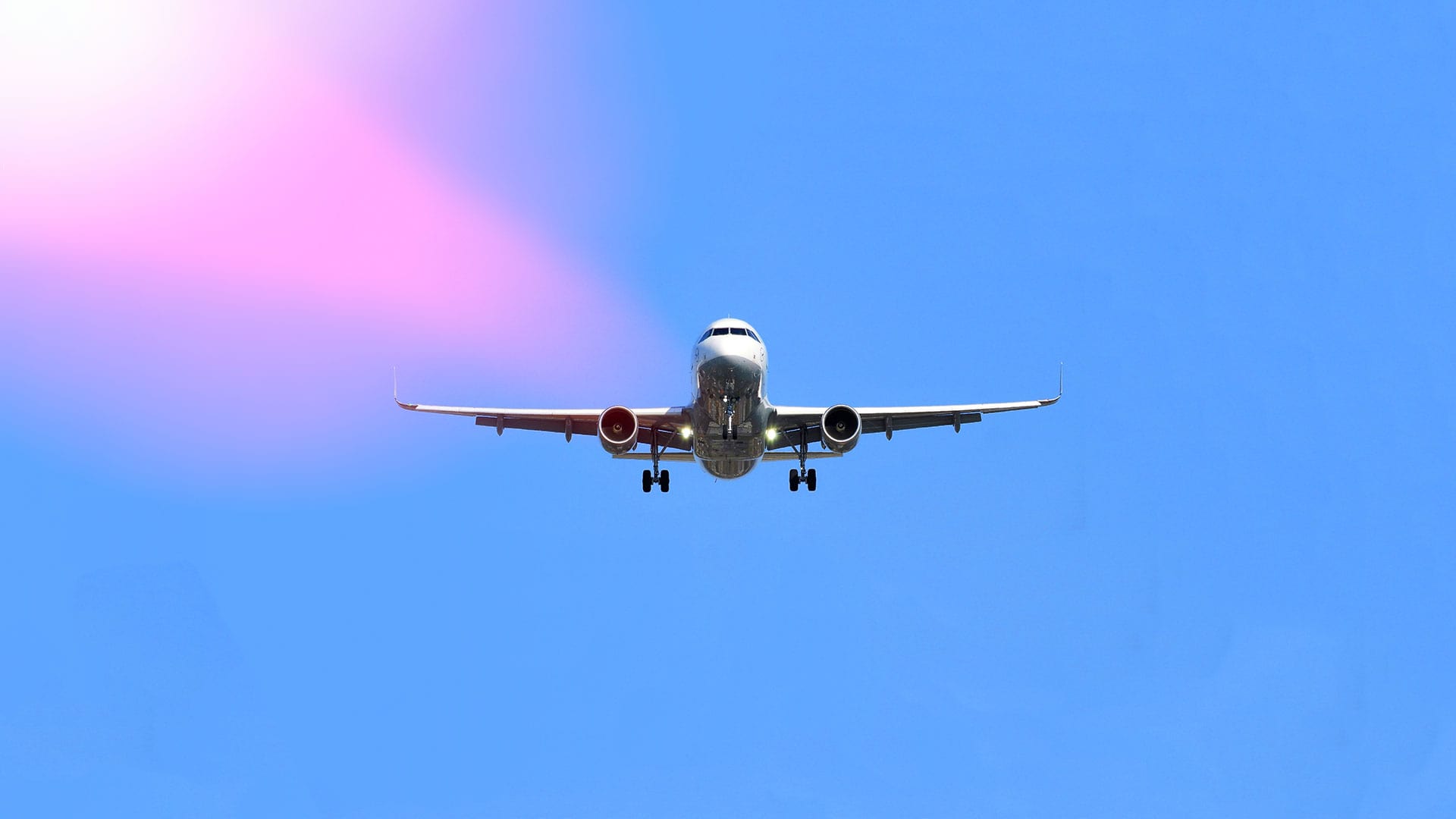
The recent Lion Air Crash was caused by an issue with Boeing 737 Max 8’s MACS system according to investigators from Federal Aviation Administration and Indonesian authorities.
In response to this news, Boeing cancelled a scheduled conference call with airline customers to discuss the flight control systems on the 737 Max aircraft. Similarly, investors grew nervous, with Boeing’s shares falling by an average of 15% over the course of November.
Furthermore, Boeing is facing a lawsuit from its shareholders, who according to their legal representative, Robbins Arroyo LLP, believe that Boeing has violated the 1934 Securities Exchange Act between February 2017 and November 2018.
The shareholders accuse Boeing of withholding information about the hazards associated with a new flight-control feature that led to the crash in Indonesia last month, according to Robbins Arroyo LLP.
In their view, the company failed to inform their pilots of such risks – which are now being investigated by the Federal Aviation Administration.
News which further depressed Boeing’s stock by 10%, closing at $333.50 per share on 28th November 2018.
The automated stall prevention system is known as the Manoeuvring Characteristics Augmentation System (MACS) is a new and unique feature to the MAX 8. This system was predominately designed to counter what Todd Curtis, founder of AirSafe Media believes was “the larger and heavier engine” in the 737 which is “further forward on the wing [compared to previous 737 models].”
This new location shifts the centre of gravity in the plane, which Curtis adds, leads to a high pitch angle in certain situations, which increases the risk of a stall.
So, Boeing countered this imbalance, by introducing the MACS as a way of “automatically engaging the stabiliser trim system to pitch the nose down”.
In other words, MACS works by in-flight data from the 737 MAX 8 feeding into a flight computer, which asses the “angle of attack” or true flight path of an aircraft.
If the plane’s fuselage and wings are deemed to be below the correct level, then an automatic rebalancing kicks in, to bring it in line with the correct level. This is done regardless of whether the plane is flown manually or by auto-pilot.
It was this re-balancing that investigators believed to play a critical role in the LionAir accident as the plane’s height was deemed to be high, so the MACS pushed the nose down repeatedly, which caused the pilot to lose control, resulting in the crash.
Investigators are examining the sensor system and the in-flight data, the former provided by Honeywell International and the latter by United Technologies Corporation according to The Wall Street Journal.
This issue has flagged up before, with Southwest Airlines, the biggest customer of the 737 MAX 8, replacing two malfunctioning flight-control sensors, three weeks before the LionAir crash based on Southwest’s maintenance record seen by The Wall Street Journal.
A potential new area of investigation is the second automated feature: Elevator Feel Shift (EFS). This feature is designed to prevent cockpit crews from accidentally pulling up the nose of an aircraft that is already stalling.
So, if the plane’s nose is too high and stalls, the EFS would kick in, preventing the pilot from pulling up. Yet, investigators are examining whether the EFS prevented the pilots of LionAir from re-correcting the misreading of the plane’s true “angle of attack” caused by the MACS.
Yet, as The Wall Street Journal identified, the precise amount of manual force needed to correct this and the understanding of the extent of the force of the automated force applied against a pilot, trying to pull up the aircraft’s nose, varies across the aircraft manuals at Southwest Airlines, American Airlines and United Airlines.
Boeing has insisted in all of their public statements since the incident, that their flight manuals and training manuals address this risk. Yet, a 737 Pilot Manual that was viewed by The Financial Times says otherwise.
The manual does not specifically describe the MCAS system but identifies a standard procedure when a plane’s nose is forced down. It is this ‘grey-area’, that investigators are concerned about but also by the pilots of Boeing. Many Unions have spoken out stating that many pilots were not aware of this new function.
“737 MAX crews were not made aware of this new function during transition training” Curtis adds. This is a big concern, given that many 737 Max 8 pilots are transiting from older 737 models and that the industry itself is facing a shortage of pilots, with Boeing predicting 790,000 new pilots needed in the next 20 years, to cope with demand.
Boeing has continued to see their share price go up despite the recent stumble and have announced new orders but as the investigation continues, the future is far from uncertain.
If more damaging and new issues arise, then in Curtis’ words: “It may call in question Boeing’s development process and the level of risk that passengers may face when flying on a 737 Max”. Not only will the share price tumble but it raises the spectre of the nightmare scenario: product recall.
So, the question on the lips of aviation experts and insurers watching this investigation unfold is clear: “Is this a mere blip or the start of something more systemic?”

Related Articles
Aviation
Aviation
Aviation